There was a time when the use of MP3 or Digital Audio Player (DPA) was at its peak. The Young Generation, in particular, was crazy about this type of device.
They saw it as swag. However, at present, the demand for DPA as well as mobile phones is huge. If you search in stores or online, you will find a relatively cheap DPA for between 50 and 100 dollars.
Also, if you want to buy a flagship-level DPA, you may have to pay from 2 thousand to 5-6 thousand dollars. So, are digital audio players worth it? Are digital audio players (DAPs) worth the money? In short, yes – if you’re looking for a way to increase the sound quality of your music files. DAPs offer many advantages over traditional MP3 players, such as higher quality audio files.
The ability to organize and play your music offline, and control playback from your phone or other devices. So, a digital audio player is definitely worth considering if you’re looking for a more advanced way to listen to your music. However, at present, does the DPA get as much evaluation as before? Are DPAs worth it? Can you still use a DPA? Let’s have some invention.

What Is A Digital Audio Player?
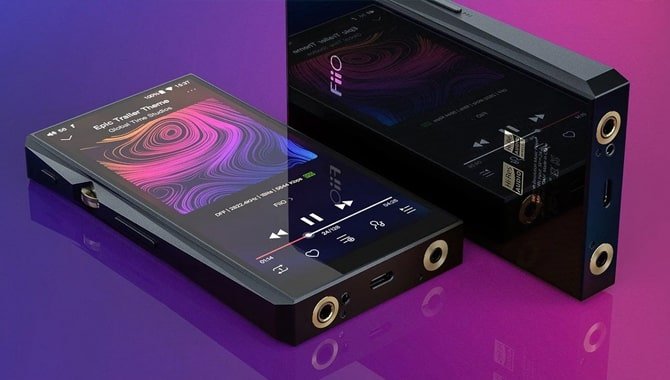
A digital audio player, also called DAP for short, is an electronic device that allows you to store and play digital audio files. Some called a DAP an MP3 player or portable music player.
Although the older model DAPs were much cheaper and used a simple operating system to operate them. However, current DAPs use Android OS or Linux OS as the operating system. Modern DAPs include:
- Digital-to-Analog Converter (DAC) chipsets.
- Multiple sound output ports.
- Powerful amplification units.
- Bi-directional Bluetooth that has High-res codec support.
It also has tangible buttons, a touch-sensitive screen, balanced output, Wi-Fi support, and more.
Uncompressed Audio Format
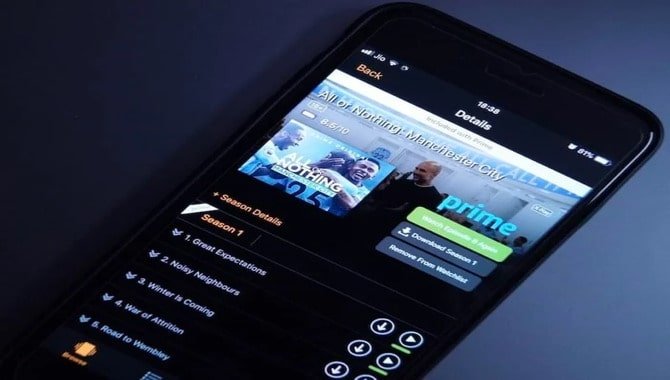
While DAPs can play many music files, some users prefer to listen to their music in uncompressed format. Uncompressed audio formats such as FLAC and WAV offer superior sound quality over compressed MP3 and AAC files.
In theory, the more data transferred during playback, the less time the audio will sound choppy or distorted. While it may not be necessary for most users.
Uncompressed audio files typically require more storage space on your device compared to compressed formats. So if you’re looking for an efficient way to store and play your music collection, uncompressed audio files are a good option.
Lossless Compressed Audio Format
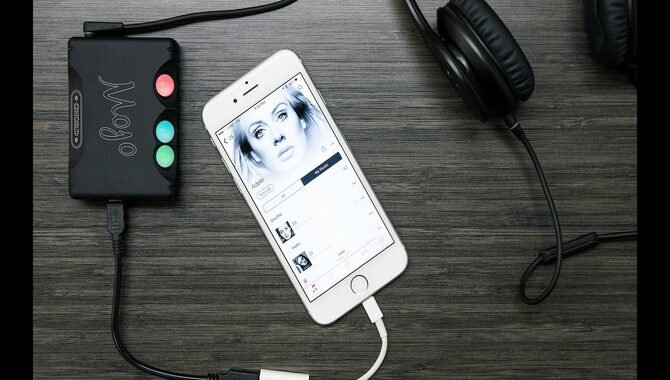
Unlike uncompressed audio formats, lossless compressed audio files do not reduce the quality of the music during playback. Instead, they use a different form of compression that reduces the amount of data transferred without compromising sound quality. Some common lossless compressed audio formats are FLAC and WAV-HD.
While these files take up more space on your device, they typically offer improved performance compared to MP3 and AAC files. So if you’re looking for an efficient way to store and play your music collection, lossless compressed audio should be one of your top priorities.
Why Would You Buy A Digital Audio Player?
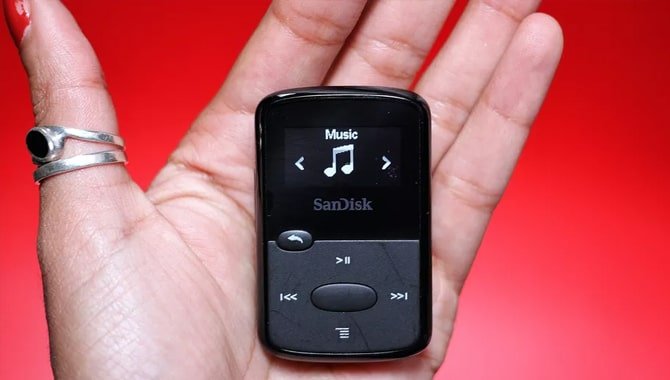
At present, there are very few people who do not have a smartphone. Android or Windows-operated smartphones have many options that you can use to enjoy your favorite music files.
Then why would you use or buy a DAP? Let’s have some info about the good sides that may insist you to buy one.
Audio File Types Explained
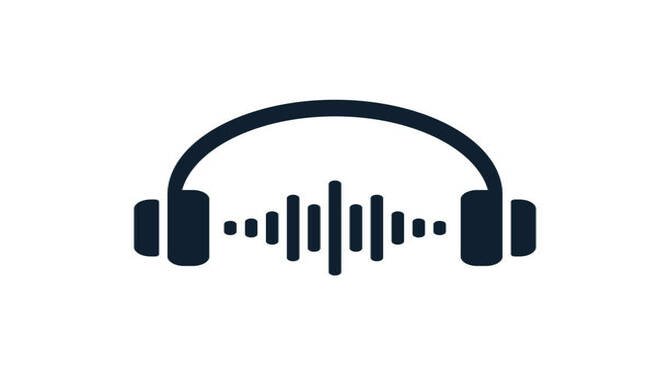 Before we delve further into digital audio players (DAPs), we must understand what type of files these devices can play. A DAP is a portable music player that can read and play most MP3, WMA, AAC, and FLAC formats. While many people use DAPs to listen to their entire music library offline or on the go, they also come in handy for playing specific types of music tracks.
Before we delve further into digital audio players (DAPs), we must understand what type of files these devices can play. A DAP is a portable music player that can read and play most MP3, WMA, AAC, and FLAC formats. While many people use DAPs to listen to their entire music library offline or on the go, they also come in handy for playing specific types of music tracks.
For example, a DAP is an excellent option if you have an extensive collection of dance tracks stored on your device but prefer listening to
rock songs during workouts. In addition to MP3, WMA, AAC, and FLAC formats, many DAPs also supports high-definition audio files (HD Audio). So if you’re an audiophile who prefers higher fidelity music reproduction, be sure to check out the options available in the market.
High-performance DAC Chipset
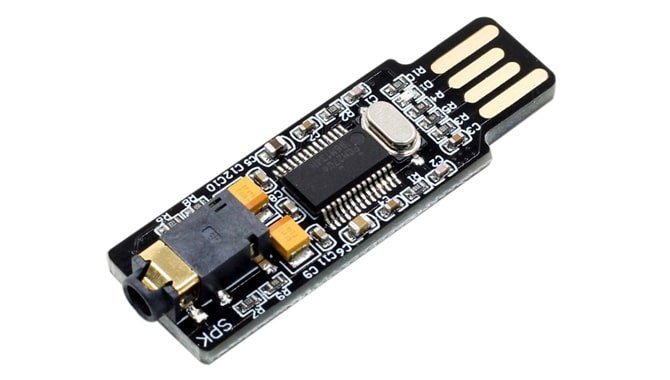
A DAP has a high-performance DAC chipset with high-quality audio chipsets, powerful amplification chipsets, and much more that will make the experience of enjoying your music files unimaginable.
Flagship level DAPs have dual DAC chipsets that provide a smoother and better decoding experience. Such high-quality DAPs can easily decode files up to 32-bit / 768 kHz.
High Memory Support Capacity
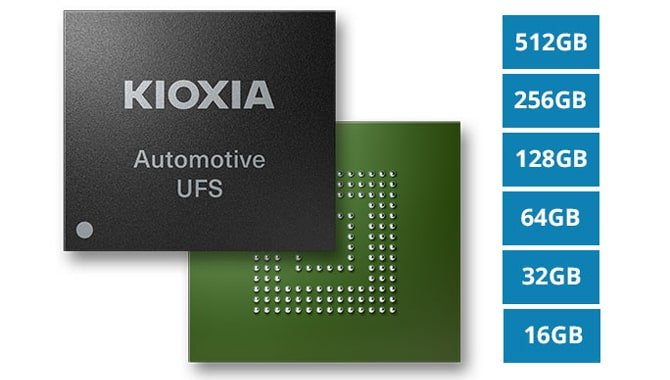
Most DAPs support micro SD cards up to 512GB. However, some DAPs also support memory cards up to 2TB. So you can store numerous music to your DAP on a micro SD.
Bi-directional Bluetooth Connections
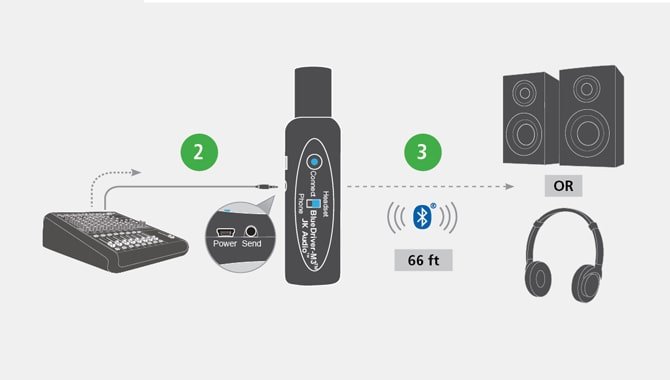
Most modern DAPs support Bi-directional Bluetooth connections. These connections include Hi-res Codecs support, Lossless Digital-to-Analog Converter (LDAC), Audio Processing Technology X (APT X) HD, and more.
Although high-end smartphones also have Hi-res Bluetooth Codecs, some DAPs have User Acceptance Testing (UAT) Bluetooth codecs. Music specialist company HiBy has developed this latest technology.
UAT supports signal streaming for files up to 24-bit / 192 kHz to provide output via wireless Bluetooth connection, ensuring optimal sound quality.
Bluetooth Codecs Explained
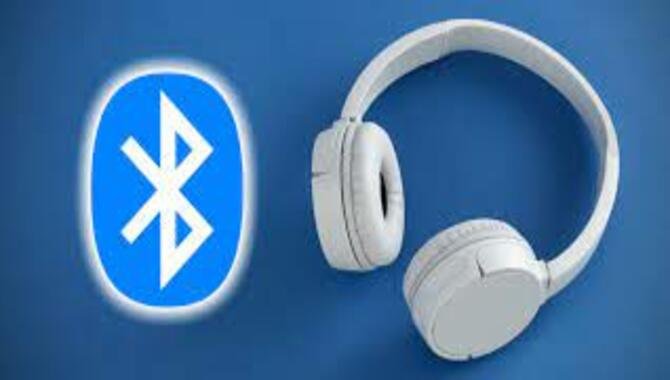
Bluetooth codecs are responsible for decoding and encoding Bluetooth signals. Blue tooth is a wireless technology that allows devices to connect wirelessly. When you pair your phone to a Bluetooth speaker. The codecs in your phone will automatically convert the audio streams into a compatible format so they can play back through the speaker.
While many DAPs support multiple audio file formats. Apple’s AAC codec is uniquely positioned to compete against others on the market. This is because Apple has designed its proprietary compression algorithm specifically for iTunes and iOS devices. AAC offers decent compression performance and support by both iOS and Android devices.
However, it has one significant drawback – its audio quality is subpar compared to other standards such as MP3 or FLAC. So if you’re looking for an efficient way to store and play your music collection, Apple’s AAC codec should avoid unless you require the benefits of its proprietary compression algorithm.
Zero Notification is Allowed
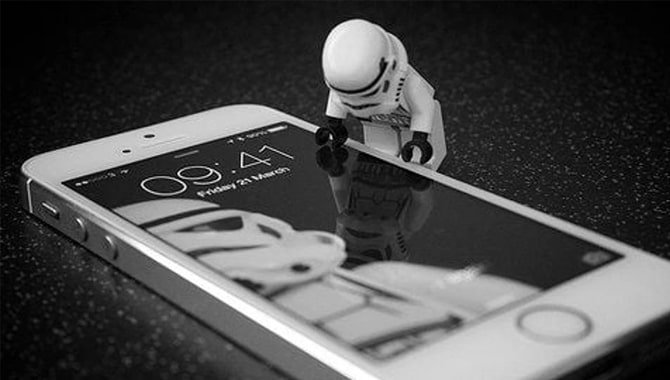
When we enjoy some music on our smartphones, we face several types of notification problems. Calls, messages, social media, etc., make us feel annoying.
In that case, if you do not install the social media app on your Android DAP, then these types of notification problems will no longer exist. You can enjoy your music having any interference.
Digital Audio Players vs. Smartphones
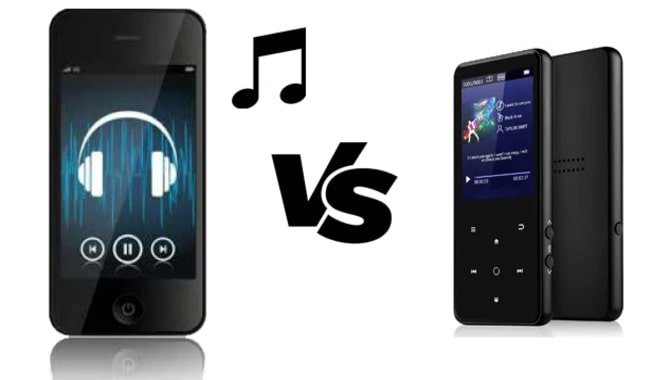
When deciding between a digital audio player and a smartphone, it’s important to consider what you’re specifically looking for. A digital audio player will offer significantly more storage capacity than a smartphone, allowing you to store thousands of songs. They may also have additional features such as an FM tuner or dedicated app stores. That provide access to content not available on smartphones.
On the other hand, smartphones typically lack either the storage capacity or feature set of a digital audio player. That said, they can still play music files saved in various formats. And because they are increasingly being used as the primary music source for many people, smartphones are starting to become better equipped with features that allow you to enjoy your music collection in new and innovative ways.
More than One Output Ports
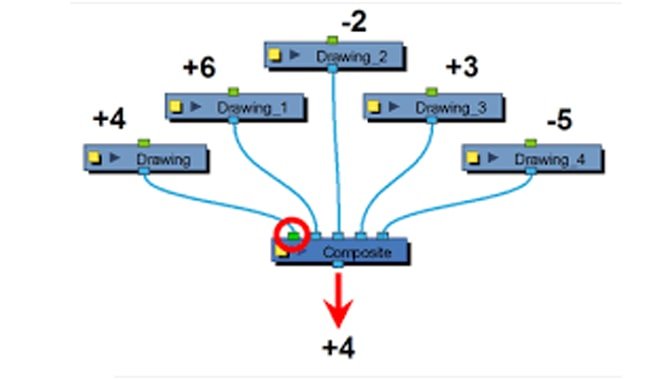
DAPs typically have two to three output ports. For example, an unbalanced 3.5mm port and a 2.5mm balanced port. Some modern DAPs also include a 4.4mm balanced port. So you get the versatility of using In-ear monitors (IEMs) with balanced plugs.
Cons of a Digital Audio Player
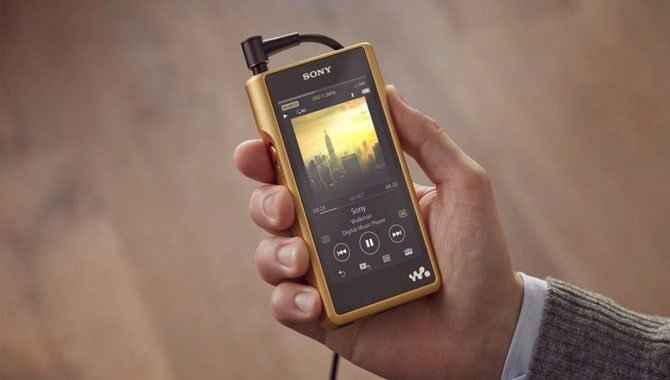
Apart from the above benefits, the only one and biggest drawback of a DAP is that you have to carry it with your smartphone. Most high-powered DAPs tend to be heavier.
So carrying them can be annoying. There is no other problem with using a DAP on a smartphone.
Are Digital Audio Players Worth It?
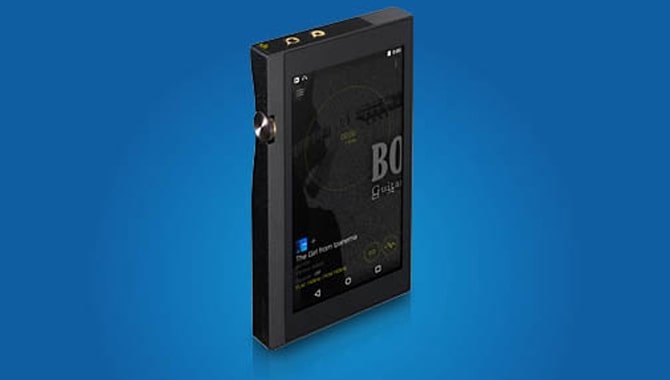
If you search the market or search online, you will see thousands of DAPs. But the biggest concern is how do you choose the best one?
We will discuss choosing the right DAP considering the sound quality, file type, storage, operating system, etc. Hopefully, after knowing the topics, you will be able to choose the right DAP.
Sound Quality
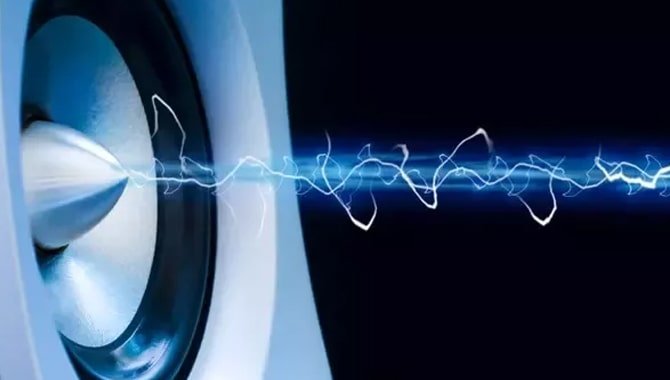
You decided to buy a DAP, which means you love music and care about music. That’s why cheap DAPs also have high-quality music content.
Of course, they are not designed for surfing the internet, posting photos on social media, or making phone calls. These are only made for playing music.
In other words, the money you buy a DAP, whether it is more expensive or less expensive, the whole cost is to listen to music.
Quite frankly, the more you spend to buy a DAP, the better its sound quality will be. Even if you experience budget DAPs, you will say that listening to music only means DAP.
Sources of Music
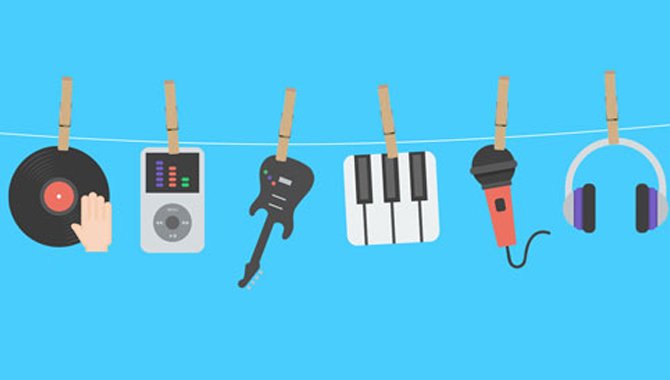
The most important thing when choosing a DAP is probably the music source. You have to keep in mind where you will play your music from, of course.
Are you saving your music on a micro SD card? Or are you planning to copy files to your DAP? Or are you listening to music by streaming online?
Whatever the music source, you are advised to choose DAP, considering your music source. Always make sure that your selected DAP supports the music of your choice. Thus, you can save your money.
Storage Capacity
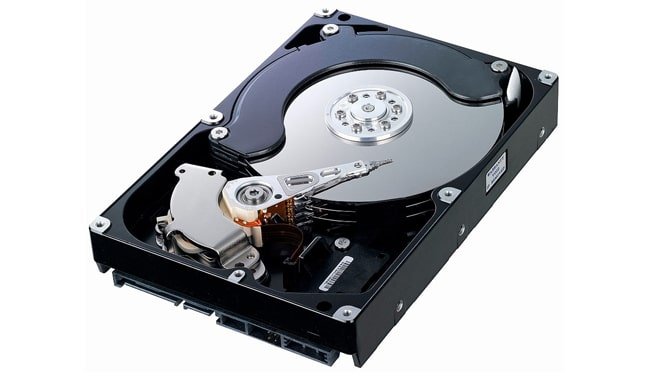
Each DAP has two types of storage: one internal and the other is external. Internal storage is a small amount of hard drive inside the DAP. On the other hand, external storage means you have to insert a micro SD card in a slot provided by the player.
Very few DAPs have no internal storage. Even in the most expensive DAPs, you cannot expect more than 4GB (gigabytes) of storage. There are also some good quality DAPs, for example, the FiiO M11, with only 2GB of storage.
Almost every DAP, on the other hand, supports at least 400GB of external storage. You can even buy DAPs that support up to 2TB (terabytes).
Operating System and Screen Type
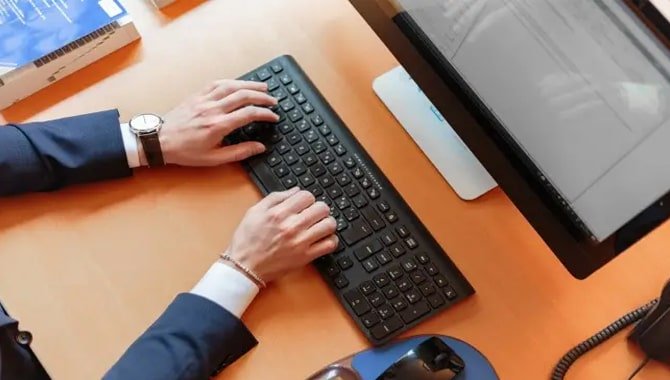
Most DAPs use the Android system. If you own an Android phone, this type of DAP suits your gadget.
However, some DAPs use Linux as well as Apple’s operating system. It would be best to buy a DAP that matches the operating system of the phone you are using.
It would be best to buy a DAP that has a standard display. Advanced displays are now being used in cheaper models as well, thanks to advances in screen technology.
It is not important whether there is a touch screen facility or not. However, it must be at least full color and reasonable resolution.
Match with Your Headphone
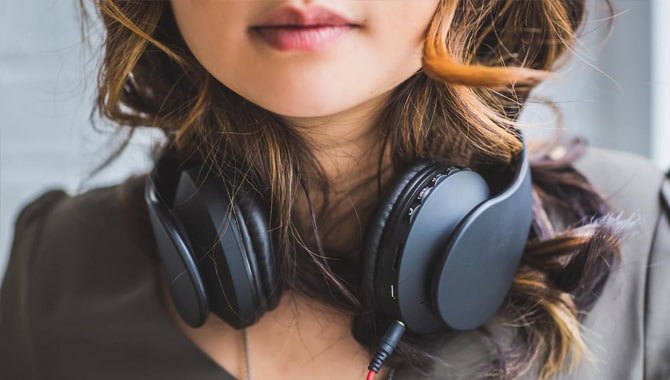
DAPs are primarily designed to listen to music with headphones. So if you have a pair of quality headphones, it will be the best set. Since you already own a pair of headphones, you must buy a DAP to match them.
Types and Sizes of File
Each DAP is capable of handling a specific file type. These can be obscure formats like APE and DFF and common formats like MP3, FLAC, and MQA.
It will be easier to pick a DAP if you are sure of the type of file you are listening to. Although most of us are accustomed to listening to only two or three types of music files, there should be no problem.
You also need to think about the file size when choosing a DAP. The audio quality depends on the file size. You cannot measure the size of the music file in megabytes. You have to do it by the sample rate of music and its bit depth.
Portability
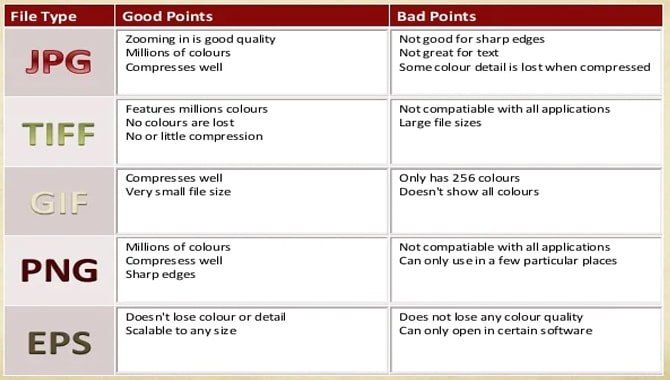
You may be thinking that all DAPs can be carried in a pocket, bag, or purse. Some of your thoughts are true but not completely. Because DAPs like Astell and Kern KANN Cube weigh about two pounds, this type of DAP is not portable but transportable.
Although they are designed to move from one place to another, their heavyweight is usually meant to be heard for a long time in a certain position, such as a desk or sofa.
Battery
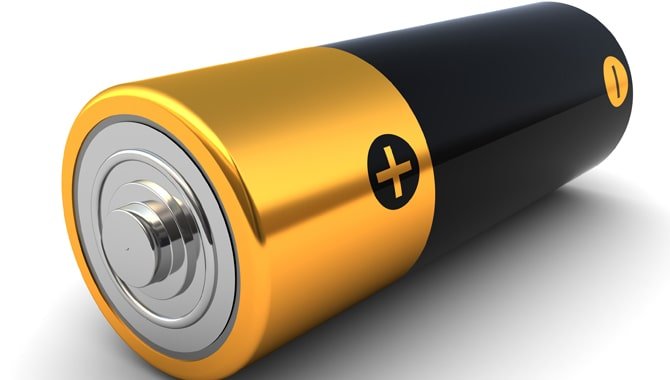
Since DAPs are portable, you should consider their battery aspect also when picking them. Battery life may vary by DAP. There is no guarantee that the DAPs of the relatively expensive models will last longer.
It is because the components and operating systems of DAPs put a lot of pressure on the battery. A good DAP must have at least 9 hours of battery life.
These are usually found on USB type C and slow, annoying micro USB. Here is a pro-level tip: buy a DAP to match your smartphone’s charging connection. Then you can continue charging with the same charger.
Cost
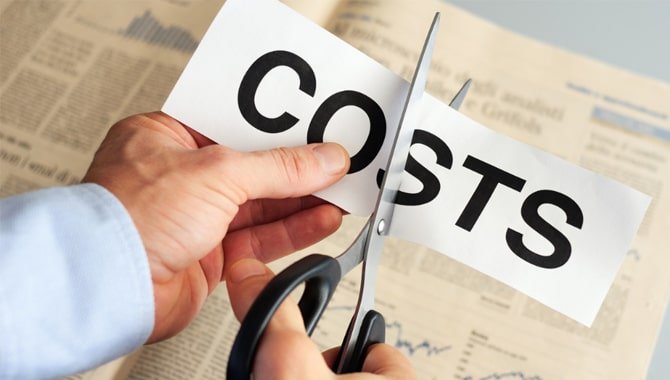
You can easily get a normal DAP for 40 to 50 dollars. In that case, be sure that the sound quality will be relatively low along with other features. However, flagship-level DAPs can cost from 2k to 5k dollars.
You can find DAPs like Apple and Sony at any electronics outlet. On the other hand, you have to search the Shanling, Astell & Kern, and FiiO like Korean and Chinese brands online.
Are Digital Audio Players (DPA) Worth it?
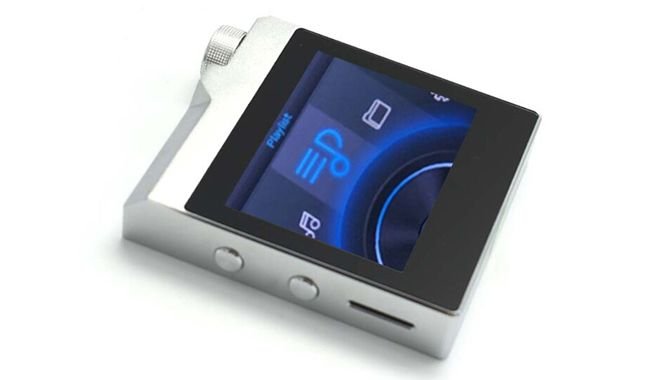
So, after the huge discussion above, now the question is, “Are Digital Audio Players (DPA) Worth it?”
The answer is “YES.” If you are a music lover and buy a DPA, you will be sure that your money will not go in vain because a DPA’s music experience will give you a unique taste of listening to music, which will make you understand that buying a DPA is a value for money.
But one thing, your music experience may vary depending on the price and specs of the DPAs. So, of course, before buying a DPA, you must consider your budget and music taste.
If you buy a standard DPA tailored to your needs, you will understand the difference between a DPA from any other music device.
Conclusion
Not only in that time, but DAPs are also winning the hearts of buyers by competing with smartphones. Even now, the young generation buys DAPs and enjoys the music of their choice in them. Because DAPs offer a much better experience of listening to music than smartphones.
DAPs’ advanced music technology takes music enjoyment to one of the unimaginable levels. Because of these reasons, Digital Audio Players are worth it. I hope now you know are digital audio players worth it or not.
FAQs
1.What Is a Digital Audio Player?
Ans: A digital audio player is a small, portable device used to play music files stored in different formats. They typically offer more storage capacity than smartphones and often come equipped with additional features such as an FM tuner or dedicated app stores.
2.What is Lossy compressed audio?
Ans: The lossy compressed audio is an encoding format used by digital audio players to reduce the size of music files. It does this by removing some of the data that is not necessary for playback, resulting in a smaller file that can store more efficiently on a digital audio player.
3.What are the features of a new DAP?
Ans: The features of a new digital audio player are constantly changing, so it’s hard to provide a definitive answer.
However, many new DAPs offer high-quality sound reproduction and the ability to access music files stored on them directly from a smartphone or other device. They may also include additional features such as an FM tuner or dedicated app stores.
4.How much does a DAP cost?
Ans: The cost of a digital audio player depends on its features and specifications. However, some new DAPs price at around $100 or less.
5.What are the best digital audio players?
Ans: That’s a difficult question to answer, as the features and specifications of different DAPs vary significantly.
Some of the best digital audio players include the Sony NW-ZX2, which offers excellent sound reproduction, a dedicated app store, and support for high-resolution audio files. Other top performers have the Philips Fidelio X1 and Nakamichi DR-70D, priced at around $400.
6.What is Uncompressed Audio Format?
Ans: Uncompressed audio is an encoding format used by digital music players to reduce the size of music files. It does this by removing all compression artifacts, resulting in a larger file that can store more efficiently on a digital audio player.
7.What is the difference between uncompressed and compressed audio formats?
Ans: The main difference between uncompressed and compressed audio formats is that compressed audio files are typically smaller than those encoded using the uncompressed format. This is because compression algorithms can reduce the size of a music file by removing information that doesn’t affect its sound quality.
8.What are the different audio formats?
Ans: There are a variety of audio formats used in digital music playback, including MP3, WMA, AAC, and FLAC. Each format has its benefits and drawbacks, so it’s important to choose the format that best suits the music you’re listening to.
